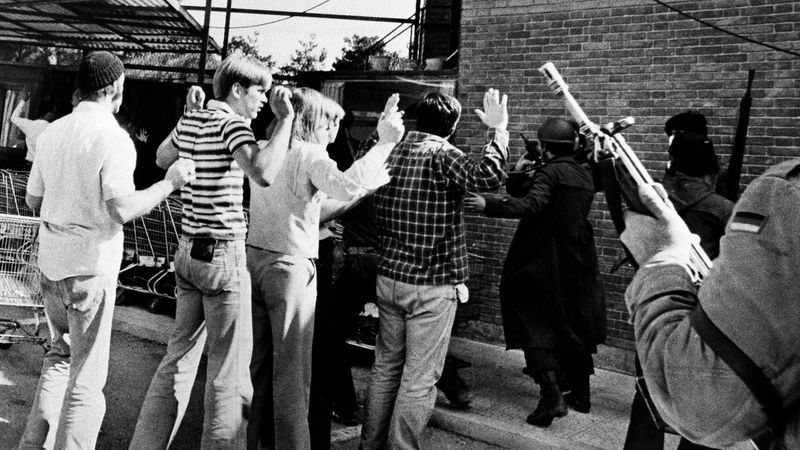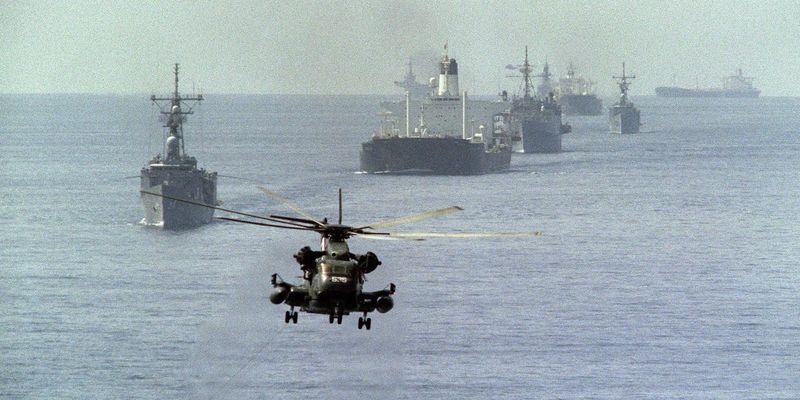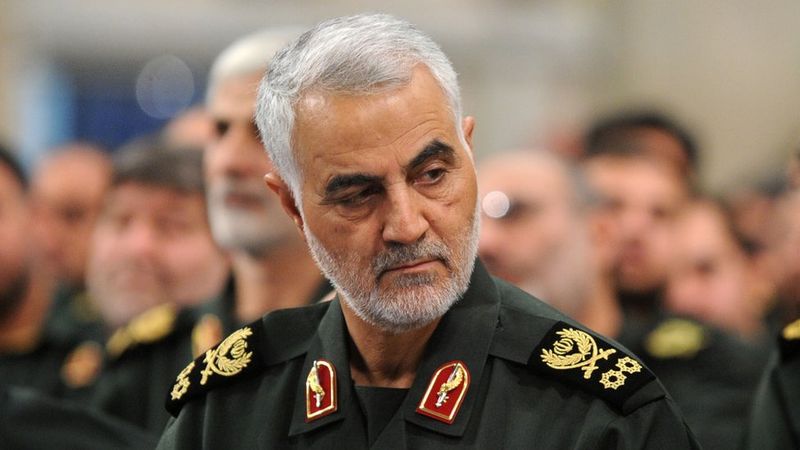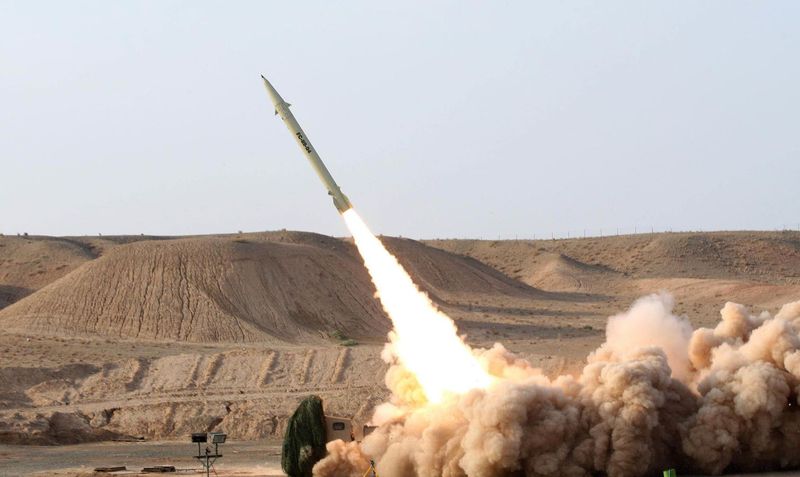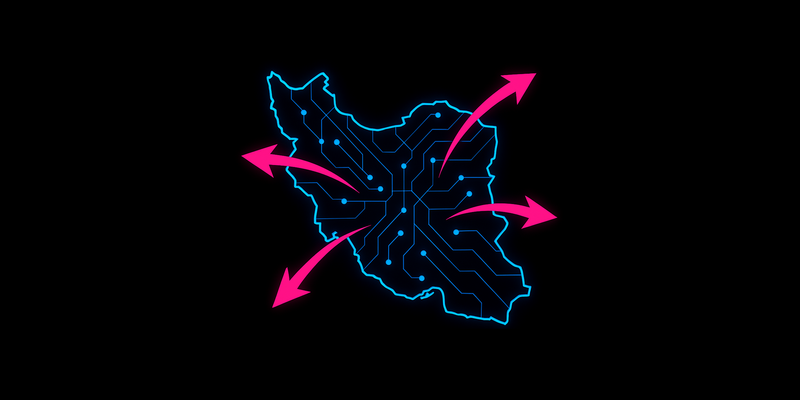The relationship between the United States and Iran has been marked by tension, mistrust, and occasional direct confrontation for decades. What began as friendly relations deteriorated into one of the most complex and volatile international conflicts in modern history. These key moments have shaped how both nations view each other and continue to influence global politics today.
1. The 1953 CIA-Backed Coup: Seeds of Distrust
Operation AJAX forever changed Iran’s political landscape. The CIA and British intelligence orchestrated the overthrow of democratically elected Prime Minister Mohammad Mossadegh, reinstalling the pro-Western Shah Mohammad Reza Pahlavi to power.
Many Iranians still view this intervention as proof of American imperialism. Mossadegh had nationalized Iran’s oil industry, threatening Western economic interests. This covert operation planted deep seeds of resentment toward America in Iranian society.
Though not a military battle, this behind-the-scenes manipulation established the foundation for decades of hostility between the two nations.
2. Iran Hostage Crisis: 444 Days of America’s Helplessness
November 4, 1979 marked a shocking turn when Iranian students stormed the U.S. Embassy in Tehran. They seized 52 American diplomats and citizens, holding them hostage for an agonizing 444 days while demanding the return of the exiled Shah for trial.
President Carter’s administration froze Iranian assets and attempted a disastrous rescue mission. The crisis humiliated America on the world stage and dominated U.S. news coverage for over a year.
The hostages were finally released minutes after Ronald Reagan’s inauguration in 1981, but the psychological impact on American consciousness remained profound.
3. Operation Eagle Claw: A Desert Disaster
The moonlit Iranian desert became America’s nightmare on April 24, 1980. President Carter had authorized a daring special forces mission to rescue the hostages held in Tehran, but mechanical failures and a sandstorm turned the operation into catastrophe.
Eight American servicemen died when a helicopter collided with a transport aircraft during the hasty retreat. The bodies left behind were paraded through Tehran’s streets by triumphant revolutionaries.
This military failure weakened Carter politically and prompted a complete overhaul of U.S. special operations capabilities, eventually leading to the creation of the U.S. Special Operations Command.
4. Tanker War: Naval Clashes in the Persian Gulf
The waters of the Persian Gulf became a battleground in 1987-1988 during the Iran-Iraq War. When Iran began targeting Kuwaiti oil tankers, America launched Operation Earnest Will, reflagging these vessels as American to provide naval protection.
Direct conflict erupted when the USS Samuel B. Roberts struck an Iranian mine. America retaliated with Operation Praying Mantis, destroying Iranian oil platforms and sinking several naval vessels.
These naval skirmishes represented the largest American surface engagement since World War II and demonstrated U.S. willingness to use military force to protect oil shipping lanes in the Gulf.
5. The Tragic Downing of Iran Air Flight 655
July 3, 1988 stands as one of the darkest chapters in U.S.-Iran relations. The USS Vincennes, an American guided-missile cruiser operating in the Persian Gulf, mistakenly identified a civilian Airbus A300 as an attacking fighter jet.
The warship fired two surface-to-air missiles, destroying the passenger plane and killing all 290 people aboard, including 66 children. The tragedy occurred in Iranian airspace during a period of heightened tensions.
While America expressed regret and eventually paid compensation, the U.S. never formally apologized. Many Iranians view this incident as deliberate American terrorism rather than a tragic mistake.
6. Nuclear Tensions: Sanctions and Threats
Iran’s nuclear ambitions have triggered decades of international anxiety. When secret nuclear facilities were exposed in 2002, the U.S. led global efforts to prevent Iran from developing nuclear weapons through increasingly severe economic sanctions.
President George W. Bush included Iran in his “Axis of Evil” speech, while the Obama administration reportedly developed the Stuxnet computer virus with Israel to sabotage Iranian centrifuges. Military options remained “on the table” throughout this period.
The 2015 nuclear deal (JCPOA) briefly eased tensions before President Trump withdrew from the agreement in 2018, reigniting the nuclear standoff.
7. The Killing of General Soleimani: Assassination or Counterterrorism?
The world held its breath on January 3, 2020. A precision American drone strike near Baghdad International Airport killed General Qasem Soleimani, commander of Iran’s elite Quds Force and arguably the second most powerful man in Iran.
President Trump authorized the strike, calling Soleimani a terrorist responsible for hundreds of American deaths. The killing represented an extraordinary escalation, targeting a senior official of a country with which America was not officially at war.
Iran vowed severe revenge, raising fears of a full-scale conflict. Many international legal experts questioned whether the assassination violated international law.
8. Iran’s Missile Retaliation: Operation Martyr Soleimani
The night sky over Iraq lit up on January 8, 2020. Iran’s Revolutionary Guards launched more than a dozen ballistic missiles at two Iraqi bases housing U.S. troops in retaliation for Soleimani’s killing.
Despite the dramatic barrage, no Americans died—though over 100 suffered traumatic brain injuries. Iran had warned Iraq in advance, suggesting they wanted to save face without triggering all-out war.
The attack marked the first direct military strike by Iran against U.S. forces since the 1979 revolution. Both sides subsequently stepped back from further escalation, narrowly avoiding what could have become a catastrophic regional conflict.
9. Shadow Wars: Proxy Conflicts and Cyberattacks
Beyond direct confrontation, the U.S. and Iran have waged shadow wars through proxies and cyberspace. Iran supports Hezbollah in Lebanon, Houthi rebels in Yemen, and various militias in Iraq and Syria that have targeted American forces.
Meanwhile, America has reportedly conducted sophisticated cyber operations against Iranian infrastructure. The mysterious assassinations of Iranian nuclear scientists have been linked to Israel, widely believed to operate with U.S. knowledge.
These indirect conflicts allow both nations to damage each other’s interests while maintaining plausible deniability and avoiding the political complications of open warfare.
10. 2025 Direct U.S. Airstrikes on Iranian Nuclear Sites
On June 21–22, 2025, the U.S. launched its first direct military strikes inside Iran since 1979, targeting the Fordow, Natanz, and Isfahan nuclear facilities. Using B‑2 stealth bombers, six 30,000‑lb GBU‑57 “bunker‑buster” bombs struck Fordow, while additional MOPs hit Natanz, and Tomahawk missiles were deployed against Natanz and Isfahan.
President Trump declared the mission a “spectacular military success,” saying the sites were “completely and totally obliterated”. Iran contested the damage, claiming the facilities had been evacuated beforehand. This unprecedented strike significantly escalated tensions, drawing global concerns over regional stability and prompting warnings from the UN and allied nations.


